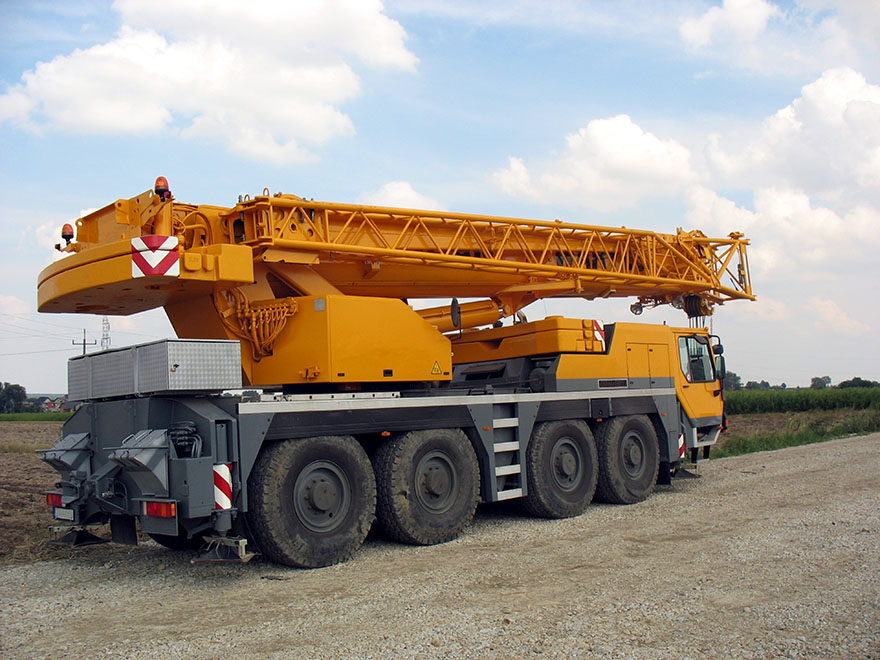
How Much Weight A Crane Can Lift
Cranes are meant for heavy lifting. Do not be surprised if you see one of those gigantic machines working at a construction site, lifting and moving heavy loads. Many people have often wondered how much weight can a crane lift? The fact of the matter is that most of them can lift weights heavier than themselves. So let’s take a deeper look into crane rigging and understand how cranes work.
How Much Weight Can A Crane Lift?
When it comes to choosing a crane for a particular job, you need to go through and consider its specifications and features. Not every machine is designed to perform all types of tasks and lift heavyweights. The most important factor when it comes to selecting a crane for a task is the location and availability of space. Since a crane needs to move around, it requires a sufficient amount of free space. Therefore, you have to consider the crane specifications including the crane’s height and its terrain capabilities.
The next thing you want to consider is the capacity of the crane. This is the maximum weight that you can lift. The measure of this weight is usually in tons. However, things are not as simple as they seem. The exact weight a crane can lift not only depends on its maximum weight capability but a lot of other features as well. For instance, the operator who is operating the crane needs to know his way around the machine and its weight lifting capabilities. He knows the maximum pushing point of the machine and where to stop. If the operator is not familiar with the features and specs of the machine, he will have a tough time handling even the slightest of weights.
The Weight Of A Hanging Load
The next major factor that decides the maximum lifting capacity of the crane is the weight of the load itself. Depending on the position of the object, the force exerted will vary as well. For instance, there is a huge difference between lifting an object from the air rather than the ground. You have to factor this as well when looking to hire a crane.
When contacting crane rental companies, it is important that you provide them with the exact weight numbers. This will help them decide and narrow down the perfect fit for your task. You cannot play any guessing games here. Cranes and the weight that they carry have a huge potential of damaging and hurting things in their surroundings. Therefore, you should make sure that area where the crane will be working is cleared of any obstructions. Furthermore, ensure that the weight or the object to be lifted is tied properly as well. If the weight happens to become unbalanced, it will cause the crane to tilt to its either side or potentially fall as well.
How Do Distance, Height, And Angle Affect The Lifting Capacity?
Apart from the weight lifting capability of the crane and the safety precautions you should take, another factor that needs to be considered is the angle at which the crane will be lifting the weight. Moreover, you will need to consider how long the arm or boom will remain extended during the process. Every crane comes with a weight lifting manual. It is basically a table that explains how the weight lifting capability of the crane will vary depending on the angle and distance. Then again, a crane operator should be well-familiar with such numbers.
The Average Weight Cranes Can Lift
In the end, there is no simple answer to how much weight a crane can lift? On average, most cranes can lift anything between 10 and 60 tons. A crane might be able to lift weight multiple times its own weight but then it all comes down to the operator and how he manages it. However, the maximum weight capacity and nature of the lift should always be considered.
Final Word
By now it is settled that the weight lifting capability of a crane depends on many other factors other than its maximum limit. The operators operating such machines are professional and should analyze the angle and nature of the lifting task to ensure that the job is done safely. Ask crane services VA for the load capacity of a crane to rent the right crane.
Categories: Business & Finance
